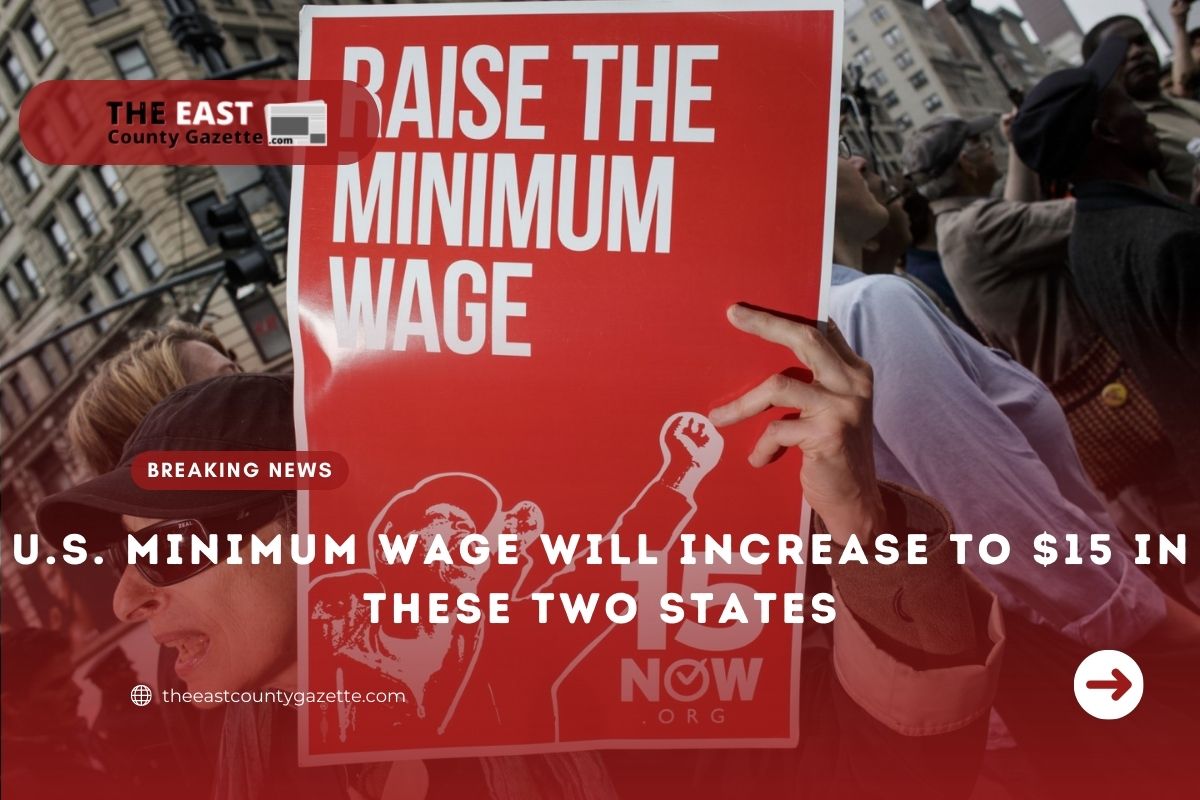The National Employment Law Project asserts that 81 states, cities, and counties plan to raise their minimum wages in 2022, a record year for government-mandated pay increases, according to a new report. The $15-per-hour threshold which labor activists have been pushing for since 2012 will only be reached by two of these states and some 47 cities and counties. It can be recalled that wages tend to rise very slowly even when workers are seeing an increase in wages.
In any case, the below are a range of wage increases that are worthy to note:
Fast Company reports that, in 21 states, 35 cities, and counties, their minimum wage will increase on January 1. A wage floor of $15 per hour will be imposed by some or all employers in two states (California and New York) and 31 local jurisdictions, as reported by the NELP.
In his executive order, Joe Biden mandated federal contractors to pay $15 per hour. Beginning January 30, all federal agencies must pay $15 as a minimum wage. States like Puerto Rico will also raise their minimum wage to $8.50 for the first time since the U.S. government specified the minimum wage at $7.25 in 2009.
For the highest starting wage in America, California is the place to be. At companies that employ more than 25 workers, hourly wages will increase from $14 to $15 statewide. Minimums will also be set at $15 in selected areas of New York, including the city itself, Nassau, Suffolk, and Westchester counties. In the meantime, if you want to make more than $15, you will need to target your relocation more precisely:
Hotel workers in West Hollywood, a touristy enclave of Los Angeles, will earn $17.64 an hour starting on January 1. Hotel workers will earn between $15.50 and $15.5 (increasing by the middle of the year to $16.50 or $16), according to their employer’s size.
In a number of other California cities, such as Cupertino, Belmont, Mountain View, Palo Alto, San Jose, and Sunnyvale, the minimum wage will reach $16 to $17 per hour. Seattle and Denver will also have $15 wage floors.
A wage floor of $15.20 per hour is already been established in the District of Columbia.
Also check: US Reports Lowest Population Growth Rate in Decades
There are ten more states that have increased their minimum wage but are still below $15, though they’ve passed legislation to reach that level eventually:
- By 2023: Connecticut and Massachusetts
- By 2024: New Jersey
- By 2025: Delaware, Illinois, Rhode Island, and Maryland (although just for employers with 15 or more workers)
- By 2026: Florida and Maryland (all remaining smaller employers)
According to the Economic Policy Institute, nearly 20 states will still have a minimum wage of $7.25 for all of 2022. Department of Labor data report that five states do not have their own minimum wage — South Carolina, Tennessee, Alabama, Mississippi, and Louisiana. For workers exempt from the federal minimum wage (seasonal workers, farmworkers, and home health aides), in two states, Georgia and Wyoming, there exist a $5.15-per-hour wage floor, and their wages are not expected to rise substantially in 2022. It doesn’t even take into account the federal tipped wage, which has remained at $2.13 since 1991.
With state-by-state wage disparities, private employers are often forced to set their own minimum wages in order to attract workers in an increasingly competitive labor market. Starbucks, Wells Fargo, Chipotle, Costco, and Walmart have all boosted their corporate wages to at least $15 per hour this year. Even some companies are leapfrogging the highest wage rates in the law: Recently, Costco raised its starting wage to $17 per hour in October for its 180,000 U.S. workers.

